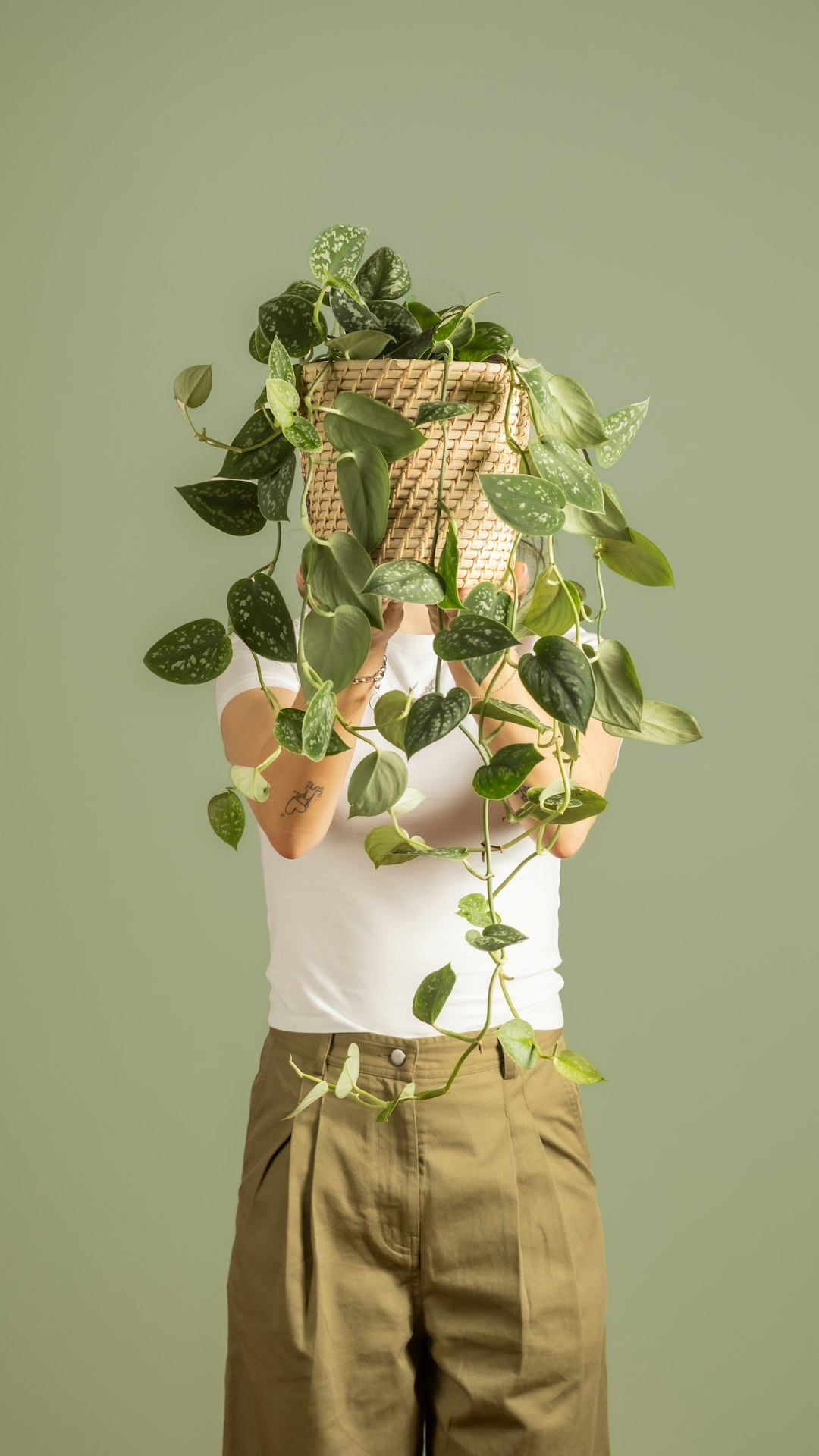The Art of Growing Hosta Plants from Seeds

Hostas are beloved perennials known for their lush foliage and ability to thrive in shaded areas. Growing hosta plants from seed can be a rewarding experience, allowing you to witness the entire life cycle of these beautiful plants. In this guide, we will take you through the process of collecting hosta seeds, planting them indoors, and eventually transitioning them into your garden.
Collecting Hosta Seeds
The first step in growing hosta plants from seed is to collect the seeds. Hosta plants typically produce seed pods after they have finished flowering. These pods can be found at the base of the flower stalks. Wait until the pods have turned brown and are starting to split open. This indicates that the seeds are mature and ready to be harvested.
To collect the seeds, gently remove the seed pods from the plant. Place them in a paper bag or envelope and allow them to dry completely. Once dry, gently crush the pods to release the seeds. You can then separate the seeds from the chaff by sifting them through a fine-mesh sieve.
Planting Hosta Seeds Indoors
After collecting the hosta seeds, it's time to plant them indoors. Start by filling a seed tray or small pots with a well-draining seed starting mix. Moisten the mix with water until it is evenly damp but not soggy.
Scatter the hosta seeds evenly over the surface of the soil. Do not cover the seeds with soil, as they require light to germinate. Instead, gently press the seeds into the soil to ensure good contact.
Place the seed tray or pots in a warm, bright location, such as a sunny windowsill or under grow lights. Keep the soil consistently moist by misting it with water as needed. Germination can take anywhere from a few weeks to several months, so be patient.
Once the hosta seedlings have emerged, thin them out to prevent overcrowding. Leave only the strongest seedlings in each pot or cell. Continue to care for the seedlings by providing them with plenty of light, water, and a balanced fertilizer.
Transitioning Hosta Seedlings to the Garden
When the hosta seedlings have grown large enough and the weather has warmed up, it's time to transition them into the garden. Choose a location in your garden that receives partial to full shade. Hostas prefer moist, well-draining soil.
Prepare the planting area by loosening the soil and adding compost or other organic matter to improve its fertility and drainage. Dig a hole that is slightly larger than the root ball of the seedling. Gently remove the seedling from its pot and place it in the hole. Fill in the hole with soil and gently firm it around the base of the plant.
Water the newly planted hosta thoroughly to help it settle into its new home. Mulch around the base of the plant to help retain moisture and suppress weeds. Continue to water the hosta regularly, especially during dry periods.
Caring for Hosta Plants in the Garden
Once your hosta plants are established in the garden, they require minimal care. Water them regularly, especially during hot, dry weather. Fertilize them once or twice a year with a balanced fertilizer to promote healthy growth.
Hostas are generally pest and disease resistant, but they can be susceptible to slugs and snails. To prevent damage from these pests, you can use slug and snail bait or create a barrier around the plants using copper tape or diatomaceous earth.
As the hosta plants grow, you may need to divide them every few years to prevent overcrowding. Dividing hostas is best done in the spring or fall. Simply dig up the plant, separate the clumps, and replant them in new locations.
In conclusion, growing hosta plants from seed is a fun and rewarding way to add these beautiful perennials to your garden. By following the steps outlined in this guide, you can successfully collect hosta seeds, plant them indoors, and transition them into your garden. With a little patience and care, you'll be enjoying the lush foliage of your hosta plants for years to come.